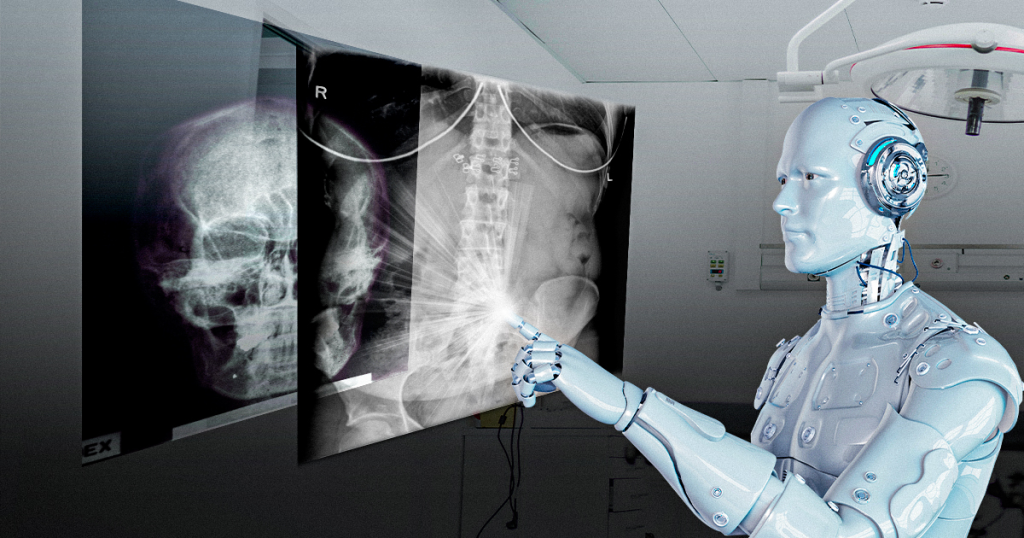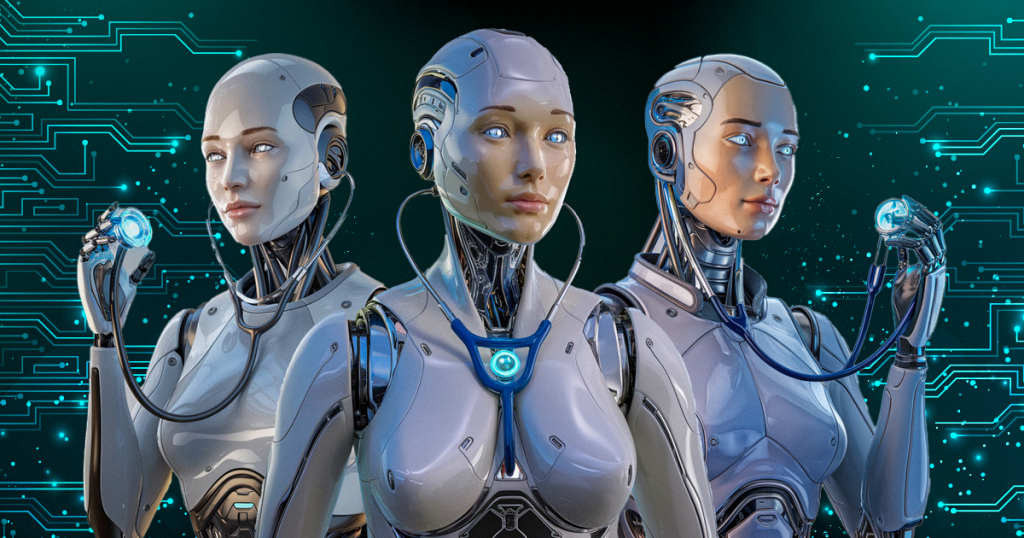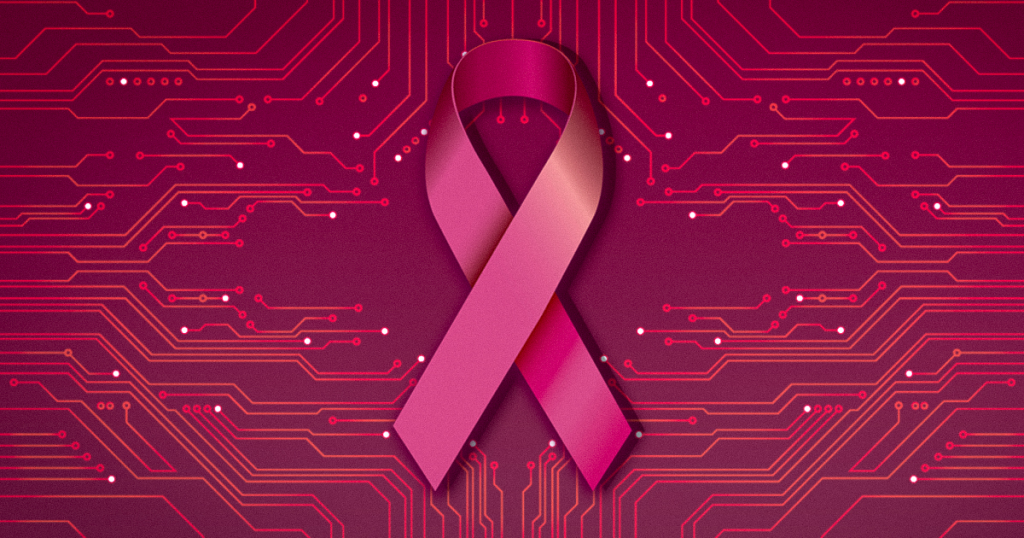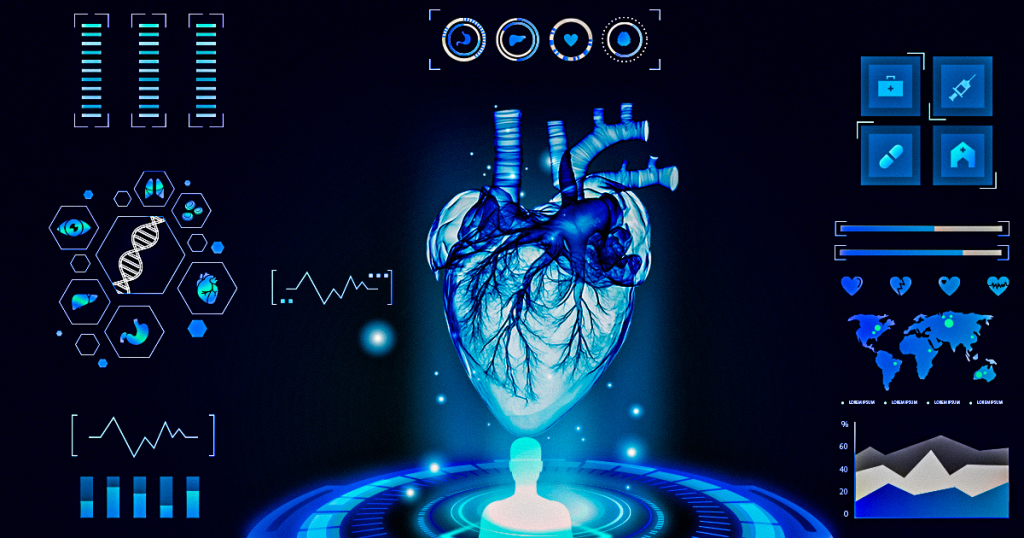The advancement in artificial intelligence has poised the healthcare sector in different ways, but in this article, we are discussing particularly the transformation of disease detection methods. The medical industry firmly believes in the proverb, Prevention is better than cure. Hence, for decades, experts have been in search of ways that detect the disease instantly before it is too late or the treatment becomes severe.
The innovative methods of artificial intelligence are supplanting and revolutionizing the traditional diagnosis methods for the disease, so any detail that humans or old technology may ignore is captured and alarmed by the powerful AI methods. This is particularly useful for life-threatening diseases such as cancer and saving lives.

How is AI for Early Disease Detection?
AI is hitting every field of life, but as the experts say, the aim of AI is to serve humanity and add innovation for the betterment of mankind. The medical and healthcare sectors are two of the most influenced fields, and healthcare experts are warmly welcoming AI techniques, especially for early disease detection. They believe that in the race between disease and AI, AI is not only a tough competitor but the game changer because of its predictive features.
Early Disease Detection Methods in AI
In the medical field, mostly machine learning algorithms are applied to analyze medical data and search for any signs of diseases before they become severe. This has upgraded the medical industry, and people are expecting outcomes that are beyond human expertise.
The traditional diagnosis methods rely on the subjective interpretation done by the medical professional. There is a high risk of outcome variability and error risk. Moreover, the body has very minor or invisible effects in the beginning that are usually ignored or unseen by professionals. Yet, the experimentation says that the ML algorithm and other AI techniques are detecting and predicting the disease at the very initial stage.
How Does AI Disease Detection System Work?
An AI disease detection system works on the collection of a large amount of data and training the model based on the outcomes. The system consists of various classification and pattern recognition systems that work collectively to provide reviews of the patient’s current position.
Image analysis and signal processing are the major fields of ML that help the experts with the identification of the multiple pathologies. Once the model is trained well, it can be applied for the detection of multiple diseases or on people of different ages and genders. The model takes the initial information, such as the age, medical history, and other important parameters, and can predict the future threats of disease if applied.
Top Early Detection Applications through AI
AI and machine learning have started working in different medical fields for the diagnosis and treatment of the disease at different levels. Although the progress is not that advanced, with time, these techniques are becoming the pivotal members of the medical diagnosis. Here are some crucial real-time applications of AI and ML with respect to early disease detection.

Advance Image Analysis
The AI algorithms study a large amount of patient’s internal and external-level images to detect any defect or abnormality deeper than the microscopic level, which is impossible for the human eye. At Oxford University, students have been designing models that can predict cardiac diseases such as heart attacks ten years before they happen. So, the patient has much time to take care of the heart health and prevent any issues.
Automated Risk Assessment
The AI algorithms expedite the patient’s health evaluation, so it delivers comprehensive and rapid reports for the current or future health risks. Compining these reports with the personalized experience, the health care experts may effectively diagnose the disease and provide the best measures to ignore any cause.
Predictive Analysis for Disease
The AI models can process gigantic amounts of data instantly, and this makes it possible to study every minor detail of patient health data and estimate unprecedented accuracy in possible health risk detection. The best example in this regard is the deep learning (another subfield of AI) models working on the MIT and Massachusetts General Hospital trained for the early detection of breast cancer and showing 90% efficiency, which is far better as compared to the 70%-80% of the traditional methods.
Disease List for Early Detection through AI
The AI for the diagnoses can be applied to any field or disease, but at the moment, these models are trained for the detection of life-threatening conditions, which are the most crucial to diagnose at the initial level. Here is a list for such a disease:
Cancer Diagnoses
The World Health Organization (WHO) says that in 2020, 10 million deaths are reported because of cancer, and this is one of the most dangerous diseases worldwide that must be controlled. The easiest and most effective way to fight with cancer is to diagnose it before it happens or is in the early stages, so it may be easily controlled.

Through the medical imaging in the machine learning algorithms, the early detection of the cancer is possible. Different reports say that the malignant skin cancer melanoma has 99% of the survival chance for the first 5 years if it is early caught and is in a single area only. Yet, the late diagnosis can cause its spreading towards the other areas, and the rate drastically drops to only 32%. Some other major cancer types where early diagnosis can save the life are listed here:
- Breast cancer
- Lung cancer
- Prostate cancer
Cardiovascular Disease and Early Diagnosis
Another leading cause of death worldwide with heart disease is cardiovascular disease. According to the surveys, annually, 19 million deaths occur, so the algorithms are trained to detect the disease at a very initial rate. Such algorithms are not only used by medical workers but are also helping the common people as personal assistants through apps or other means.

Weborik Hub knows the value of early health diagnosis and assessment so can help you integrate AI and other latest techniques into apps and businesses. With a 100% satisfaction rate, we are working on the performance enhancement for the customers.
Conclusion
We all know the importance of disease detection as it allows the patient to take care of themselves, and the best medication can solve the issues at the initial rates. AI is not only for technical tasks but is leading every field, especially the medical sector, where it is annually saving thousands of lives. Machine learning and deep learning are the vast models trained for such diagnosis, and the medical industry is expecting the evolution in the near future.



